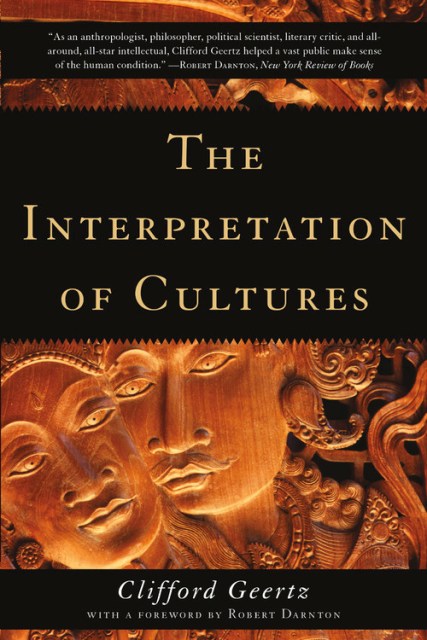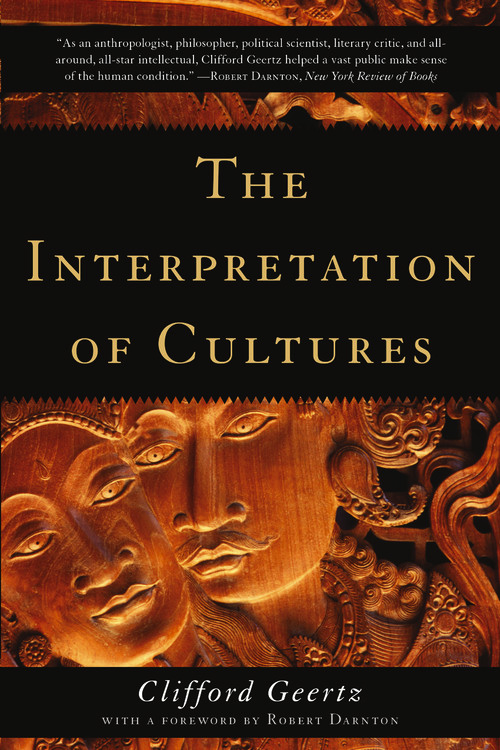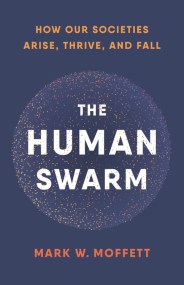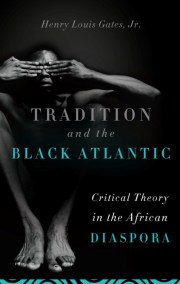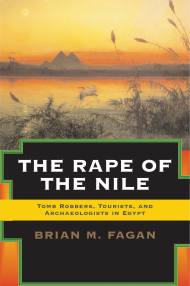Promotion
Use code BEST25 for 25% off storewide. Make sure to order by 11:59am, 12/12 for holiday delivery!
By clicking “Accept,” you agree to the use of cookies and similar technologies on your device as set forth in our Cookie Policy and our Privacy Policy. Please note that certain cookies are essential for this website to function properly and do not require user consent to be deployed.
The Interpretation of Cultures
Contributors
Foreword by Robert Darnton
Formats and Prices
- On Sale
- Aug 15, 2017
- Page Count
- 576 pages
- Publisher
- Basic Books
- ISBN-13
- 9780465093557
Price
$22.99Price
$28.99 CADFormat
Format:
- Trade Paperback (Revised) $22.99 $28.99 CAD
- ebook $15.99 $20.99 CAD
- Audiobook Download (Unabridged) $44.99
This item is a preorder. Your payment method will be charged immediately, and the product is expected to ship on or around August 15, 2017. This date is subject to change due to shipping delays beyond our control.
Buy from Other Retailers:
With The Interpretation of Cultures, the distinguished anthropologist Clifford Geertz developed the concept of thick description, and in so doing, he virtually rewrote the rules of his field. Culture, Geertz argues, does not drive human behavior. Rather, it is a web of symbols that can help us better understand what that behavior means. A thick description explains not only the behavior, but the context in which it occurs, and to describe something thickly, Geertz argues, is the fundamental role of the anthropologist.
Named one of the 100 most important books published since World War II by the Times Literary Supplement, The Interpretation of Cultures transformed how we think about others’ cultures and our own. This definitive edition, with a foreword by Robert Darnton, remains an essential book for anthropologists, historians, and anyone else seeking to better understand human cultures.
-
"As an anthropologist, philosopher, political scientist, literary critic, and all-around, all-star intellectual, Clifford Geertz helped a vast public make sense of the human condition."Robert Darnton, New York Review of Books
-
"The eminent cultural anthropologist.... Mr. Geertz was considered a founder of interpretive, or symbolic, anthropology. But his influence extended far beyond anthropology to many of the social sciences, and his writing had a literary flair that distinguished him from most theorists and ethnographers."Andrew Yarrow, New York Times
-
"Clifford Geertz [was] an anthropologist whose imaginative studies of cultural groups from other countries changed the intellectual underpinnings of anthropology and other social sciences.... Dr. Geertz brought a distinctly literary sensibility to the study of anthropology with his sophisticated prose and vivid descriptions of social customs abroad.... Dr. Geertz's ornate, allusive accounts of other cultures came to define a new field of study called ethnography."Washington Post
-
"Clifford Geertz is one of those rare scholars: the thinking person's liberal, who spurns easy banalities."Lionel Shriver, Guardian (UK)
-
"Clifford Geertz was the foremost anthropologist of the past 40 years and perhaps the first of his trade to become world-famous.... His copious works first supplemented, then superseded the mighty labours of the founding fathers of the discipline."Independent (UK)
-
"Clifford Geertz [was] arguably the best-known and most influential American anthropologist of the past several decades."Richard Schweder, Common Knowledge
-
"One of the most articulate cultural anthropologists of this generation. Geertz has consistently attempted to clarify the meaning of 'culture' and to relate that concept to the actual behavior of individuals and groups."ElizabethColson, Contemporary Sociology
Newsletter Signup
By clicking ‘Sign Up,’ I acknowledge that I have read and agree to Hachette Book Group’s Privacy Policy and Terms of Use
